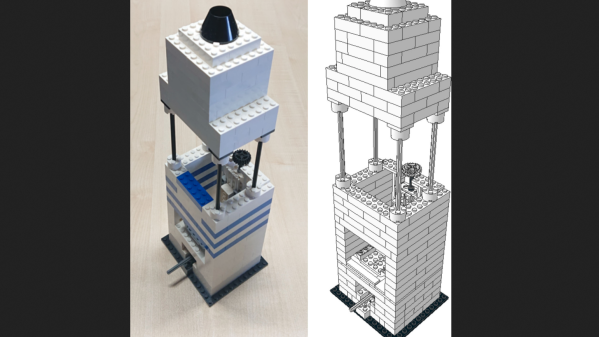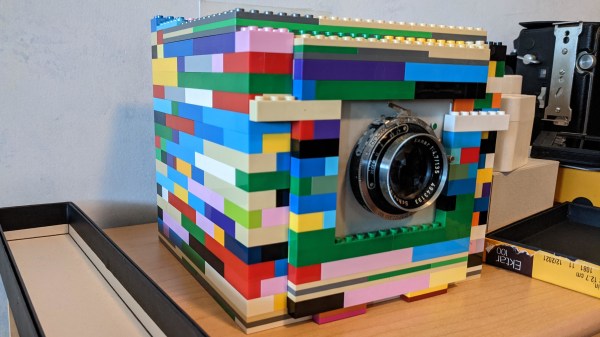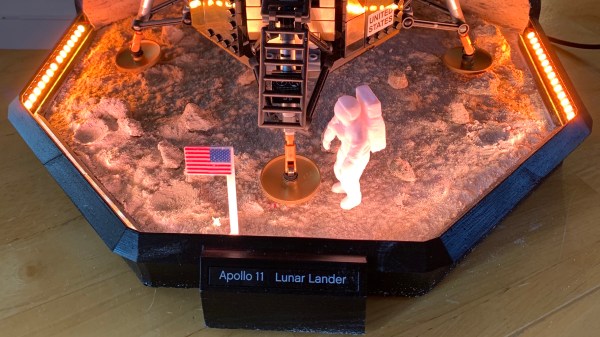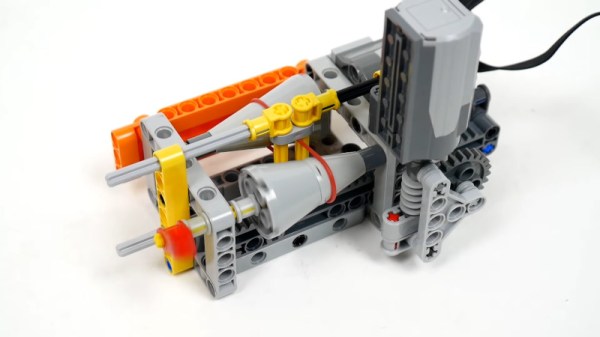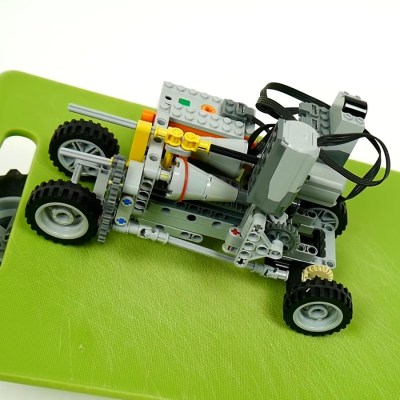Climbing a pole with a robot might sound complicated and hard, but it doesn’t have to be. This video from [Brick Experiment Channel] demonstrates multiple methods of doing the job while keeping things simple from a mechanical perspective. (Video, embedded below.)
The first method uses a gravity locking design, where the weight of the battery pack is placed on a lever arm to increase the normal force on the wheels gripping the pole. Increasing the length of the lever arm, reducing the angle of the crawler, or adding grippier tyres can all be used to increase the grip with this design. The final design of this type is able to climb most of the way up an 8 meter flagpole without too much trouble.
The next version uses rubber bands to help add tension to grip the pole. This too works well and makes it to the top of the flagpole. The final build is a circulating design that looks truly wild in action, and winds its way to the top of the flagpole as well.
It’s great to see the experimental method of designing these Lego creations, as well as seeing how they do in the wild. [Brick Experiment Channel] has been featured here before, too.
Continue reading “LEGO Pole Climbers Are Great Study In What It Takes To Go Vertically Upwards”



